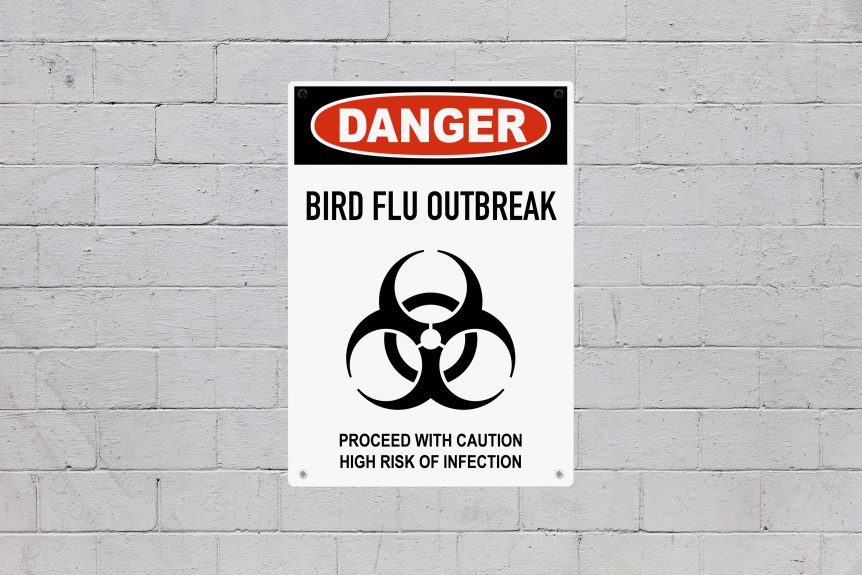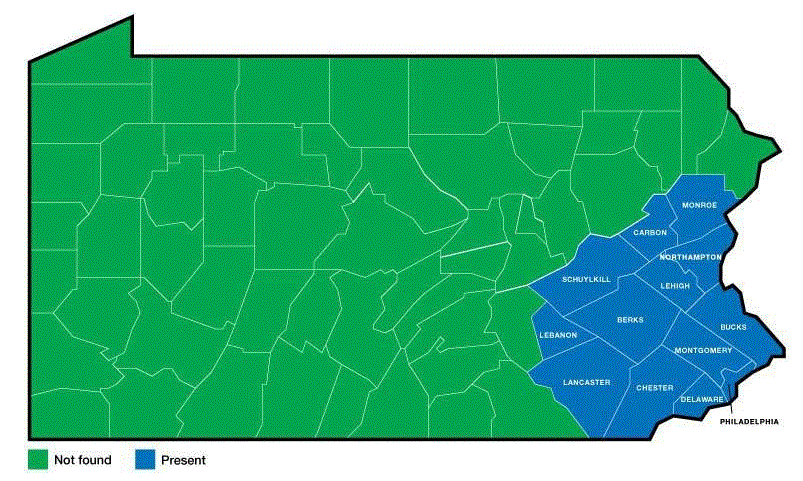We are starting to see the more and more Spotted Lanternflies everywhere around us. They are invasive and a threat to plants, people, and because of popular trapping methods – wildlife. The Pennsylvania Department of Agriculture outlines the serious damage the Spotted Lanternfly causes in trees and quality of life, including: Oozing sap Wilting Leaf curling Tree dieback Growth of black sooty mold due to excretion of a sugary substance called honeydew Swarming in the air Honeydew coating decks and play equipment Additionally, the Spotted Lanternfly is a threat to Pennsylvania’s agricultural industry. They threaten billions in economic impact and hundreds of thousands of jobs for those in the grapes, apple, hops, and hardwood industries. The pervasiveness of the Spotted …
Agriculture Department Warns Consumers to Report Unsolicited, Mislabeled Seeds Received by Mail
Agriculture Secretary Russell Redding today warned consumers to properly discard and report unordered and mislabeled seeds shipped from overseas. Consumers nationwide have received seeds in packages labeled as jewelry. These seeds may contain plant diseases, weeds or invasive plants that could harm Pennsylvania’s agriculture industry and ecosystem. “Seeds sold in Pennsylvania are rigorously tested to ensure that they are genetically pure and regulated to ensure that what’s on the label is what’s in the package,” Secretary Redding said. “Planting seeds without knowing what they are can wreak havoc with our environment, destroy agricultural crops and incur costly control efforts for years to come.” Seeds labelled as jewelry are likely a scam known as “brushing.” Companies boost online sales by purchasing …
SBA Accepting New Economic Injury Disaster Loan Applications
Shared from the Small Business Administration Website: The Small Business Administration (SBA) will begin accepting new Economic Injury Disaster Loan (EIDL) and EIDL Advance applications on a limited basis only to provide relief to U.S. agricultural businesses. The new eligibility is made possible as a result of the latest round of funds appropriated by Congress in response to the COVID-19 pandemic. Agricultural businesses include those businesses engaged in the production of food and fiber, ranching, and raising of livestock, aquaculture, and all other farming and agricultural related industries as defined in Section 18(b) of the Small Business Act, 15 U.S.C. 647(b). The SBA is encouraging all eligible agricultural businesses with 500 or fewer employees wishing to apply to begin preparing …
Why Dairy Producer Milk Was Going Down The Drain
By Courtney E. Meyer, AFIS, Agribusiness Producer Dairy producers were hit hard by the coronavirus pandemic. Initially, their way of doing business was changing by the hour! However, the industry is slowing coming back. Let me explain. The COVID-19 national emergency created a disruption in supply and demand for the dairy industry the beginning of April. As many farmers across the nation were asked to dump milk down the drain, the general public had a hard time understanding why since there were quantity limits on dairy purchases at the store. With schools, coffee shops and other non-essential businesses closing, the milk demand for those businesses decreased significantly. Therefore, milk processors had to figure out a way to repackage these products …
USDA Enhances African Swine Fever Surveillance Efforts
The U.S. Department of Agriculture (USDA) is furthering its overall African Swine Fever (ASF) preparedness efforts with the implementation of a surveillance plan. As part of this plan, the Animal and Plant Health Inspection Service (APHIS) will work with the swine industry, the states, and veterinary diagnostic laboratories to test for ASF. ASF is a highly contagious and deadly disease affecting both domestic and feral (wild) pigs. It does not affect human health and cannot be transmitted from pigs to humans. ASF has never been detected in the United States. Tell me more >>>
Nearly 39 million intended corn acres have yet to be planted
Just 58% of the U.S. corn crop had been planted as of May 26, an advance of just nine percentage points over the past week and well shy of the 63% planted the market anticipated and 90% for the five-year average. This easily takes out 1995 as the slowest planting pace on record for this point in the season. Based on USDA’s planting intentions projection of 92.792 million acres, there are an astonishing 38.973 million intended corn acres yet to be planted with the calendar flipping to June on Saturday. Delays are most striking in the eastern Corn Belt, with Illinois 35% planted (95% on average), Indiana at 22% (85%) and Ohio at 22% (78%). But delays are also significant …
Avian Coryza
Avian Coryza is an emerging poultry respiratory disease in some regions of the United States. Severe facial edema is probably the most notorious clinical sign which couples with a sharp decrease in egg production in laying hens. Read more here >>> For Pennsylvania Department of Ag flock recommendation letter: Flock recommendation letter 4-4-19 Final For Pennsylvania Department of Ag biosecurity principles: StandardE-BiosecurityPrinciples 2019
Farm Bureau Disaster Relief
No one is certain how much devastation the flooding and blizzard have caused in Nebraska, but total losses from livestock and crops could reach billions according to the “Omaha World-Herald”. Nebraska Farm Bureau established a Disaster Relief Fund at the Nebraska Farm Bureau Foundation to provide emergency aid to Nebraska farmers, ranchers, and rural communities affected by recent storms and flooding. Priority will be given to efforts to restore health and safety in rural communities and to farm and ranch households that have been damaged or displaced by the natural disaster. 100% of the donations will be distributed to Nebraska farmers, ranchers, and rural communities affected by the disasters. For information on how you can help >>>>
Does Your Business Need a Spotted Lanternfly Permit?
To prevent the spread of spotted lanternfly, the Pennsylvania Department of Agriculture (PDA) issued a quarantine for counties where the presence of this pest has been confirmed. Businesses and organizations conducting business in the quarantine zone must have permits from PDA to move vehicles, equipment and goods within and out of the zone. Click for more information >>>
7 Tips for Grain Bin Safety
Today’s large grain augers can transfer from two to four times as much grain as augers of the past. Your body can become completely submerged in about 8 seconds, leaving you helpless. Crusted, spoiled and wet grain associated with wet harvest (as well as remaining grain from last year’s wetter harvest) can also contribute to grain bin suffocation. As grain is removed from the bin it can bridge and form a cavity under the crusted surface. There’s little chance of survival if you are walking on the surface when the crust breaks and you plunge into flowing or hot grain. Read the safety tips here >>>










